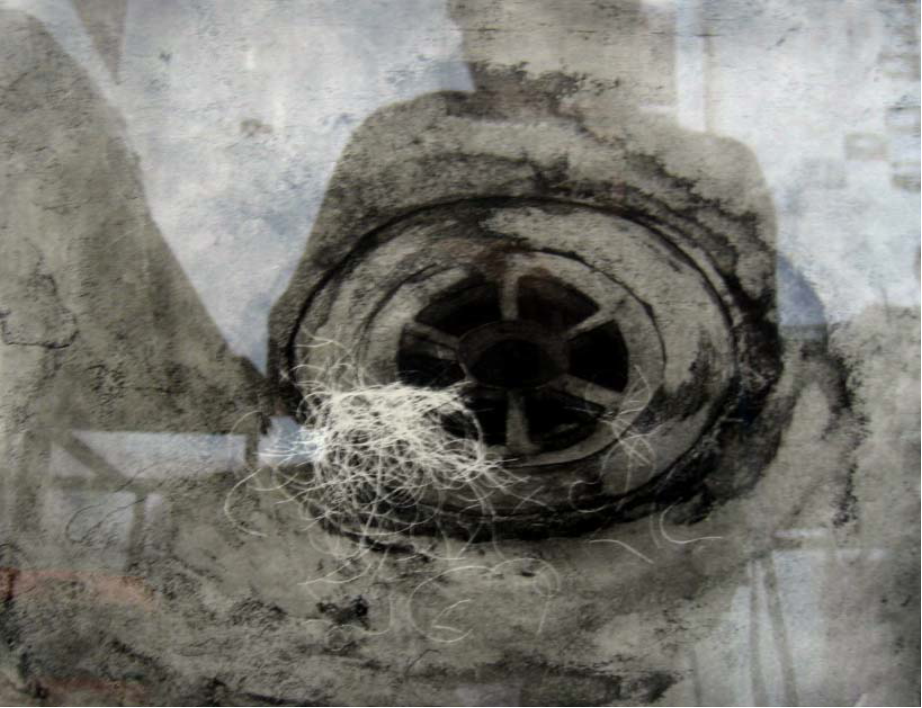Art as Therapy in the Treatment of Eating Disorders
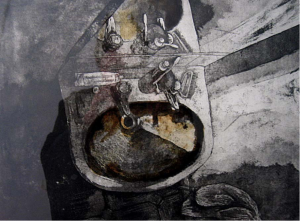
I was recently asked by a colleague to explain the meanings of the paintings in my waiting room. They refer to the psychological pain and trauma suffered by a very bright and artistic bulimic patient I treated a few years ago.
For many patients art is a wonderful tool in therapy especially when they become ‘stuck’ and have difficulty in talking through their thoughts and feelings. While much of my work focuses on C.B.T. (cognitive behavioural therapy) with some patients an eclectic approach is beneficial and here it proved itself yet again.
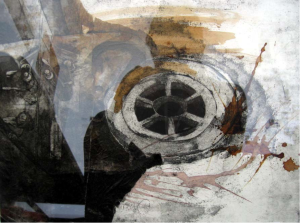
The first image, image 1 is called, “Think”, and relates to the feelings of mixed identity that are experiences with atypical body image disturbance. The mirror represents the distorted image one has of oneself. The doubled image reflection represents the cognitive distortion of the actual low weight of the anorexic or bulimic as oppose to the perception in the second mirror.
The second image, image 2 is called, “Think again”, and this relates to problems eating disorder patients come up with daily. The anorexic/bulimic engages in catastrophic patterns of thinking. This is again part of their cognitive distortions.

The artist focuses on the smallest element in the bathroom i.e. the plughole, to highlight this. The plughole represents the escape routes the bathroom has to offer. The antithesis between the tiny plughole and the enormity of the need for the psychological discharge of emotional turmoil highlights again the deception that exists in the mind of a troubled anorexic/bulimic.
In image 3 called “Opp’s gone”, the attempt to find an identity but the ultimate stripping of your sense of self is highlighted. The hair singles the loss of hair due to the illness again highlighting the sufferer’s loss of physical identity.
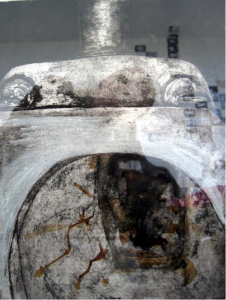
The final image, image 4, is called “Sorry”. It represents the magnitude of the problem – a lifetime wasted or flushed away.
Throughout her struggle this patient soon realised that she was not living her life but her eating disorder was ruling her every waking and even sleeping moment.
From the day she decided to confront her problem through her art, her attitude changed. She began with me a personal voyage which allowed her to identify her negative automatic thoughts to be replaced very quickly by positive alternative responses which is the basis tenet of C.B.T.
As she pushed her creativity to the forefront she stepped outside of herself and for the first time in years began to understand the true extent of the emotions she was feeling and the pain and isolation she was causing herself and her family who were extremely supportive.
In an ambiguous manner she tackled the aetiology of her condition and cleverly presented the ‘phenomenological documentation’ of an individual with bulimia.
In viewing the images the disease can be seen from the sufferer’s perspective. The image of the body is not seen in any of the pictures instead the viewer is subjected to a slow process of disintegration and self-destruction.
Her images highlight the secretive aspects of the illness, hence the bathroom scenes, which maintain the private status.
Through her etching comes the gnawing away at the self and the deprivation of healthy nourishment. The prints are stained with various foods and drink the result highlighting the distressed state.
The transference of control is an issue the artist highlights which is a central theme to any eating disorder.
She says ‘her art gave her back her life which the disorder took from her’. The three years of her life that she lost to anorexia/bulimia will never fully leave her mind but she remains healthy to the present day, and has gone on to help others with the illness in a very supportive way.
Artist Aine Crowley
Appendix

Image 1 “Think”
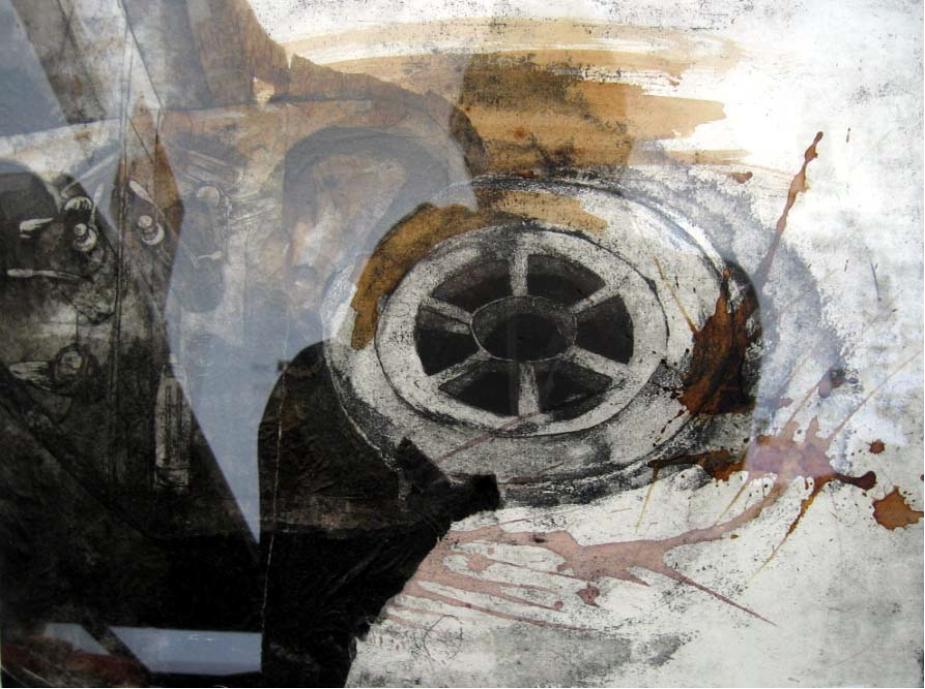
Image 2 “Think again”
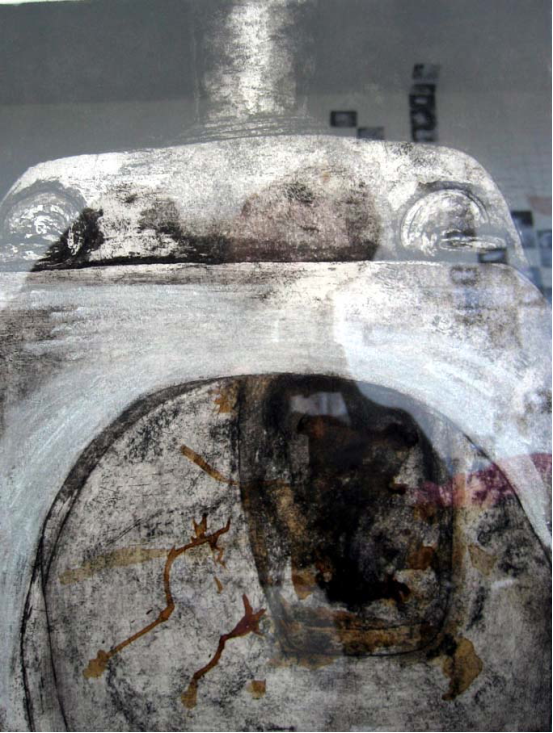 Image 4 “Sorry”
Image 4 “Sorry”

